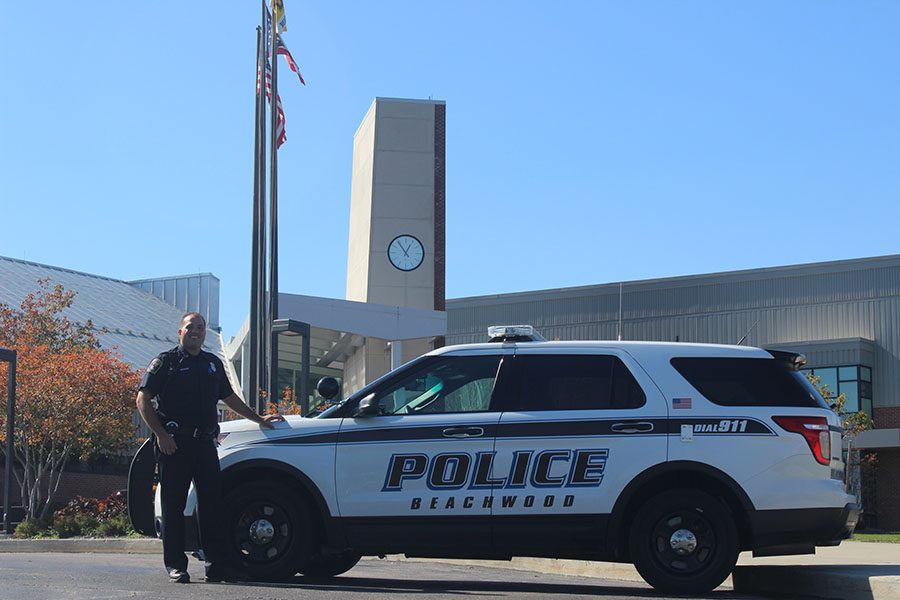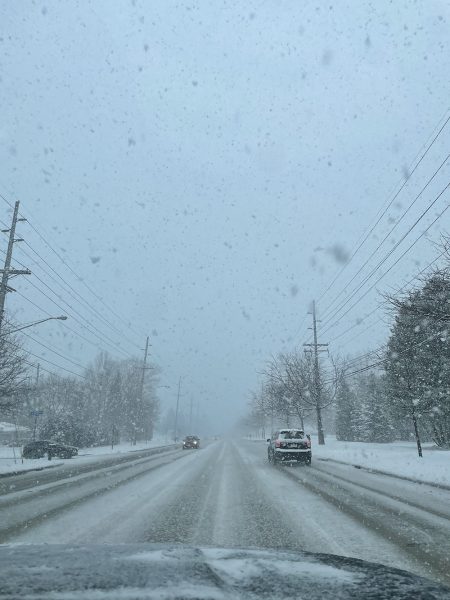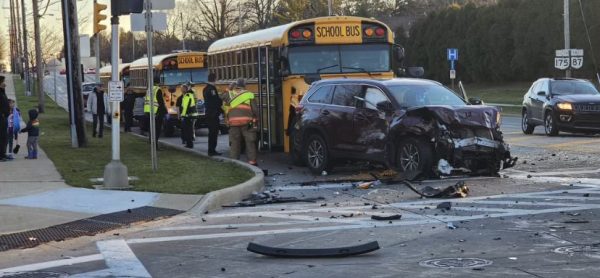Beachwood Police Department Purchasing Body Cameras
At a Feb. 16 meeting, Beachwood City Council approved the purchase of new high-tech dashboard and body cameras for the police department.
“The total cost for all of the cameras is $208,961, which comes at no cost to the taxpayer,” city officials stated in a press release. “Instead, (we are) using funds that were seized or forfeited during Beachwood Police Department criminal investigations.”
Beachwood Police Chief Keith Winebrenner said these upgrades will benefit police-citizen relations.
“I feel this will have a positive impact, and is going to show exactly what we do on a daily basis,” he said. “It lends itself to transparency.”
There is evidence to support this view. Cleveland police officials said in November that since the department began rolling out body cameras in Feb. 2015, citizen complaints have dropped by 40%.
However, some feel that body cameras are not enough.
I feel this will have a positive impact, and is going to show exactly what we do on a daily basis. It lends itself to transparency.
— Beachwood Police Chief Keith Winebrenner
LaTonya Goldsby, cofounder of the Cleveland chapter of Black Lives Matter, wrote in an email that the implementation of body and dashboard cameras themselves will not improve anything unless the legal system delivers justice in cases of police misconduct.
“The use of body and dashboard cameras (can) improve accountability and community- police relations only if there is an honest adjudication of the law by judges and police departments,” Goldsby wrote.
There has also been concern among citizens and politicians for a standard protocol regarding the use of the cameras.
HB 407, a bill recently introduced in the Ohio Legislature, would require police departments to come up with protocol for body cameras within six months of implementation, and would attempt to establish standards for when the cameras should be turned on, among other measures.
The Beachwood Police Department’s 2015 annual report, reveals little to no evidence of problems in police-community relations, suggesting that in this case, the cameras are being implemented as a proactive measure.
There were three instances of “reportable use of force,” one occurring in Feb. 2015, and the other two on consecutive days in Dec. 2015.
The Beachwood Police Department’s 2015 annual report, reveals little to no evidence of problems in police-community relations, suggesting that in this case, the cameras are being implemented as a proactive measure.
According to the report, traffic stop numbers are “representative of the motoring public in the area of Beachwood.”
There was one incident in which officers were accused by an African-American utility crew of racially-biased policing, but after reviewing video and audio from the police cruisers, a departmental investigation determined that the complaint was unfounded.
Winebrenner said the camera purchase was also driven by the need for a technology upgrade.
“Within 4-5 years, technology is already outdated,” he said. “We needed our in-car cameras [replaced], and we were also looking to get body cameras,” he said.
The police department came across a Panasonic system that fit a lot of their needs.
“[One of the things we liked] is that it used law-enforcement and military grade [technology],” Winebrenner added.
Battery life, video quality and accessibility were also factors. The department has worked well with Panasonic products in the past.
The magnitude of the upgrades is more evident when looking at the numbers.
“We are allocating an additional 40 terabytes of storage [for the new cameras] in high definition,” patrol officer and police IT administrator Daniel Grein said. “Each car will have multiple cameras: the front primary camera, two side cameras, a rear camera, and one inside the car from the prisoner area.”
All of these cameras will have the ability to record to a resolution of 720p, allow for a 360 degree view and will be livestreamed back to dispatch.
The existing dashboard cams were purchased in 2008, and before that, the department used VHS tapes.
The body cameras also yield some impressive technical specifications.
“The body cams are capable of recording at 720p… with wireless uploads, which allows the officer to wirelessly upload video without the officer actually touching anything,” Grein says.
All the data obtained from the cameras will be run through a central management system.
Winebrenner elaborated on the advantages of the new system.
“[One of the advantages] is gathering documentation of what’s actually going on,” he said. “It’s one thing to read about something… It’s another thing to actually be able to see it. We learned that with the car cameras… It enhances information and evidence-gathering capability.”
A disadvantage, he feels, is the management and storage of the data obtained on the cameras, taking into account the extra copies that need to be made for public records and prosecution.
“Managing and storing the data is going to be a challenge, since some things need to be redacted [before being released as a public record],” he added.
For example, personal information shared with officers and other information exempted from state sunshine laws would likely be redacted.
While police officials feel that body cams improve transparency, critics are unlikely to be satisfied.
“I believe that other measures are very necessary,” Goldsby wrote. “There are so many loopholes in body camera [policies]…”

Alex Cala has been writing for The Beachcomber since the fall of 2014, when he was a sophomore. He became the opinion editor the following year. Alex tends...


















